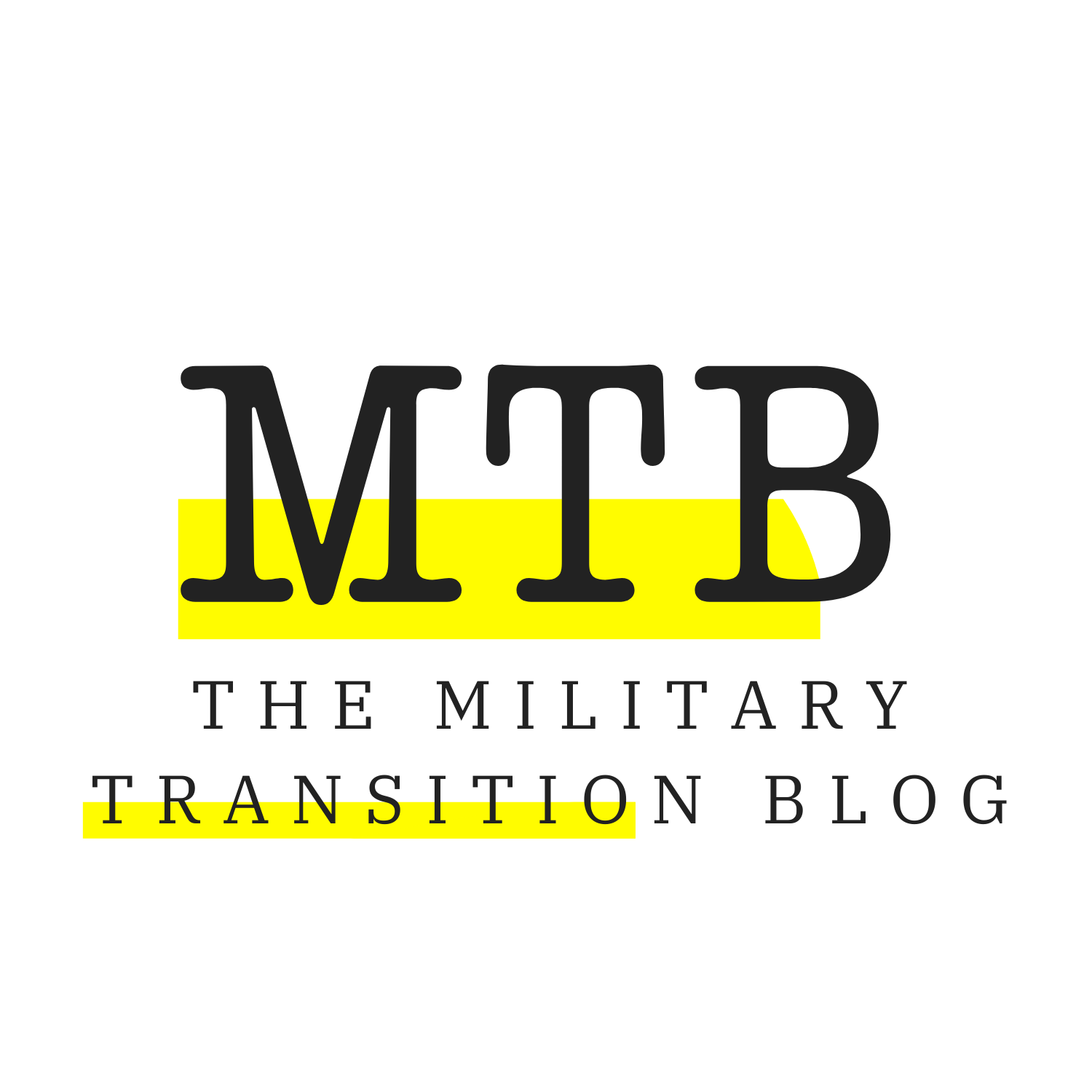If asked the most common theme in preparation for my military retirement, I would have to say it was that I create an eye-catching LinkedIn profile worthy of catching your dream job. The first question I had to ask myself was, “How in the heck do I know what is a good profile?” You will meet tens of people who think they know exactly what a potential employer is looking for. Let’s gloss over the fact that many of those people telling you how your LinkedIn profile should look are not headhunters nor recruiters, and most of them aren’t even in their dream job or working for their dream company.
To find out the answer, the right answer, I scoured LinkedIn articles, VA resources, and interviews from headhunters and recruiters. I have detailed some winning tips for the perfect LinkedIn profile below.
Your Roadmap to the Perfect LinkedIn Profile
Working from top to bottom, fine-tune your LinkedIn profile to make it searchable for potential employers and visually pleasing to the eye.
Name
Use the name that professionals know you as and the name you intend to be called when contacted by professionals. If you were married late into your military career and were hesitant to change/adjust your name, but in the civilian sector you want to go by your married or hyphenated name, you will have some challenges. If you start your LinkedIn profile early enough before your transition, you can basically reinvent yourself and build your network from scratch while giving those you knew you to recognize who you are by your new name. If your legal first name is different than the name you usually go by, use the name you go by so your connection request will be recognized and approved.
The option to send a message with your connection request is underutilized. As any etiquette book would tell you, a note goes a long way.
More importantly, if potential connections are searching for you, you want them to be able to find you. LinkedIn doesn’t work if you don’t have a network and your network it vuilt through connections, group likes, and posts.
Photo
If you want your profile viewed, you must have a photo. And I hate to break it to some of you, but that photo needs to be in civilian clothing. I have seen many profiles of transitioning military members in their uniforms, but according to the experts, it is not recommended. Your photo should appear professional and you should be the only person in the photo. There should not be anything distracting in the background–no pets, don’t use cartoon images, or include anyone else in the photo with you. You should be positioned in professional prose, and fairly zoomed in so your face takes up 70-85% of the available photo space. Many experts also recommend that you smile. Smiling is a welcoming and warm gesture and your LinkedIn photo is your introduction to the professional world. When you can’t speak for yourself, your photo speaks for you.
Background Photo
I don’t think I even noticed there was an option for a background photo until I began my research. Your background photo selection signifies your desire to go the extra mile in preparing the perfect profile. You will want to add a photo that is indicative of the the career sector you hope to join.
Headline
Your professional headline is about YOU, not your current company or position. You want to include your professional philosophy and summarize your skills and diverse professional background. Your headline is not an advertisement for your current company or your chance to rattle off generic military jargon or self-imposed titles of grandeur, (i.e. senior leader or mogul). The challenge is this all must be relayed in 120 characters or less.
Use the position you currently have, in civilian terms, not the job you are looking for. Although tempting, it is recommended that you don’t use the words transitioning in your headline. As a transitioning servicemember, we have the foresight to know and can post the exact day we will need a new job/career and not alienate our current employer in the process. But adding the transitioning title to your headline does nothing for you and it unnecessarily takes up 13 characters.
The next sections are powered by LinkedIn search algorithms. This is important to note because your profile needs to be as appealing to the naked as it is to the binary algorithms that will help you land your career changing connections. Zeros and ones don’t care about flowery speech, they look for exact preset terms and word groupings.
Industry
Your industry should be what you’d like to do next. The Industry section is a mandatory LinkedIn category and adding the correct industry will open up opportunities for network connections and eyes from the right people.
Location
Your location should be where you want to be, not necessarily where you are. Although many companies are global, recruiters tend to start their job search locally and then branch out. Whether it is for reasons of paid/unpaid relocation cost or ease of hiring, the location matters. Chose a metropolitan location (or exact location of the company you want to work for) that you plan to settle.
This section will encourage you to think about where you want to be post-military.
Summary
Your summary is your 90-second elevator pitch. Those scanning LinkedIn profiles, generally do not read the whole thing. The summary section should be used to explain how your current skills translate into your desired position. Include your diverse professional background, your ambitions, goals, and most importantly, what positively sets you apart from your peers. Wordsmith how your qualifications, professional traits, and experience make you the ideal candidate in your desired field.
Your summary can, and in many cases should, exceed one paragraph–you may need more than a few sentences to tell your story. Your summary may be the only part of your story a headhunter actually reads before deciding to add you to the “potential candidate pile.” Tell your professional story in civilian terms. But, keep your summary concise, descriptive, yet to the point. This section is attached to search algorithms that LinkedIn uses to match employers to employee candidates.
Your summary can be updated periodically to reflect advances in your professional career. These advances can include popular achievements in your field and popular events/conferences you were involved with. Keep those updatable items in the top third of your summary, so they stand out to repeat visitors.
Experience
Your last 10 years of professional experience needs to be detailed in the experience section and broken down by job/position and civilian equivalent duty title. Anything past 10 years, unless relevant to your future carer, can be grouped into the US Army/Air Force/Navy, etc catch-all at the bottom of your timeline. I changed career code a few times during my 24-year career, so I actually detail the whole of my military experience in my experience section. When adding your service ensure your service logo appears next to the “company” name.
Because as a veteran your military position doesn’t translate equally to your desired civilian position, you have the unique opportunity to “create” your job title from a list of existing civilian position titles. This creation shouldn’t come from thin air, but you do have the license to be creative. Once you choose the desired/matching job title, you can match your accomplishments and responsibilities to your chosen civilian duties.
You are not only attempting to attract future employers and connections (sometimes equally important), but you are magnetizing your profile to the search engines and matching algorithms. As you will have to do with your targeted resume, you need to match your career experience to the position description of your future employment.
Education
Highlight your civilian degrees and education. This is not to say, you should exclude your military education. It is recommended unless your military education led to a notable degree (i.e. Air War College Masters Degree) or it is a necessary certificate for your desired position(i.e. GCSS), that you not include it.
Reach into your alumni network by listing the appropriate educational institution (ensure it appears in LinkedIn with the logo). LinkedIn can alert you when you have fellow alum working with a particular company. That opens the door for you to tap into your next connection.
Skills
Skills along with the Industry, Summary, and Experience sections are equally important for drawing the picture of who you’ve been, who you are, and who you can be to potential employers.
The most important misused and abused part of this section for veterans is the use and overuse of military jargon. Do not use, AFSCs, MOSs, military acronyms, and military-specific skills. If it can’t be translated into the civilian sector, apply to your desired position, leave it out. *Keep in mind, you can find a way to translate 97% of military skills into civilian terms.
Using the LinkedIn premium feature to search Insights or using the job search feature to match up your skills to your desired position requirements. Match up all of the relevant skills that you see repeated in your searches. Unlike targeted resumes, you only have one LinkedIn profile, so narrow down your skills to match your desired position wisely. You have 50 skills that can be added, use all of them.
Connections
Your feed shows comments, shares, and likes from your 1st degree connections. In order to see what is going on in the industry or with the company you desire, connect to as many recruiters of potential future firms that you can. They will used LinkedIn to post positions available within their company that you otherwise may not have heard about through traditional job search engines.
Your ability to network is directly connected to have the right profile. You are on LinkedIn to up your career game. Use it and use it wisely so you can reach your goals by matching your skills to the appropriate position.





0 Comments